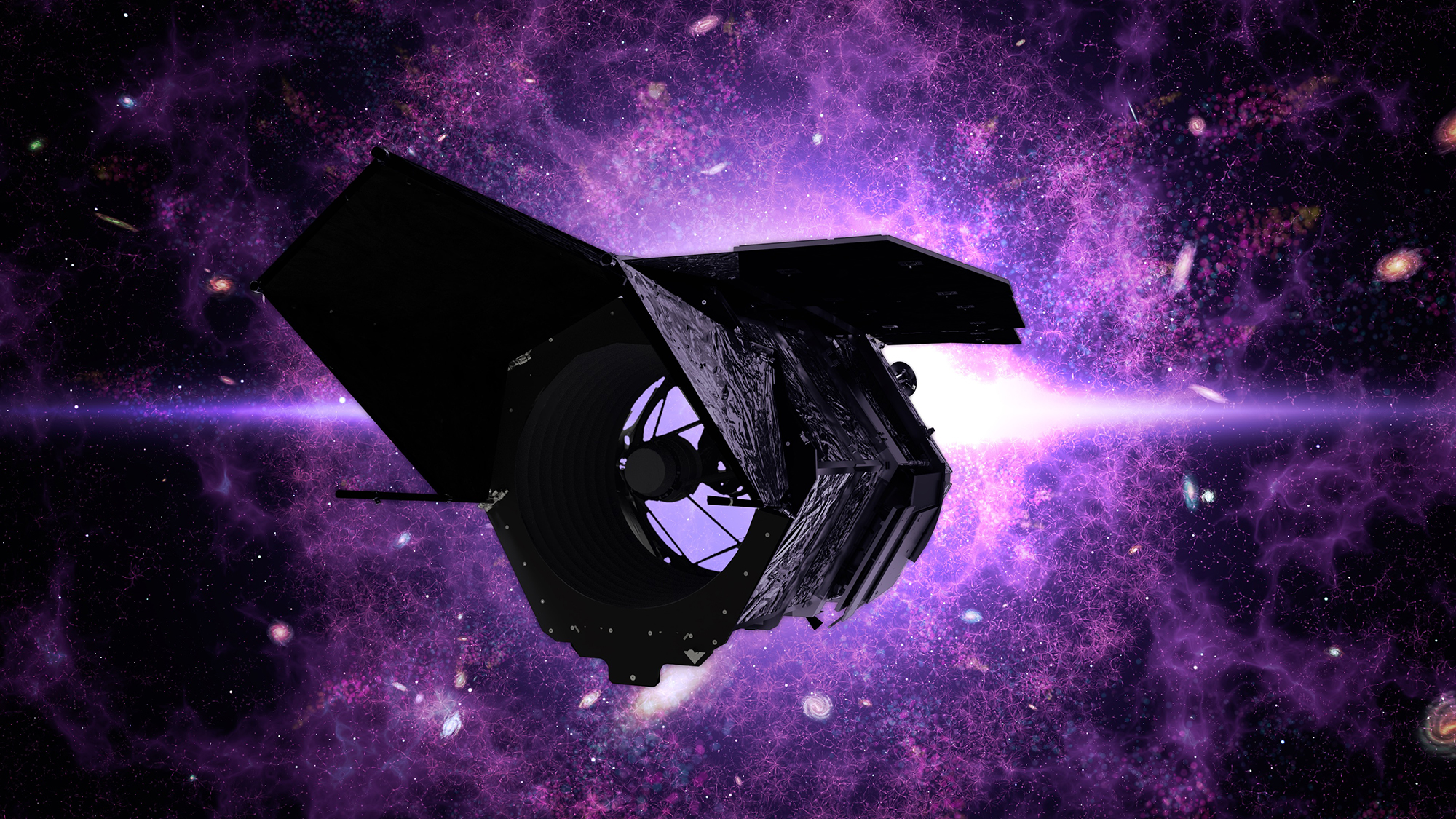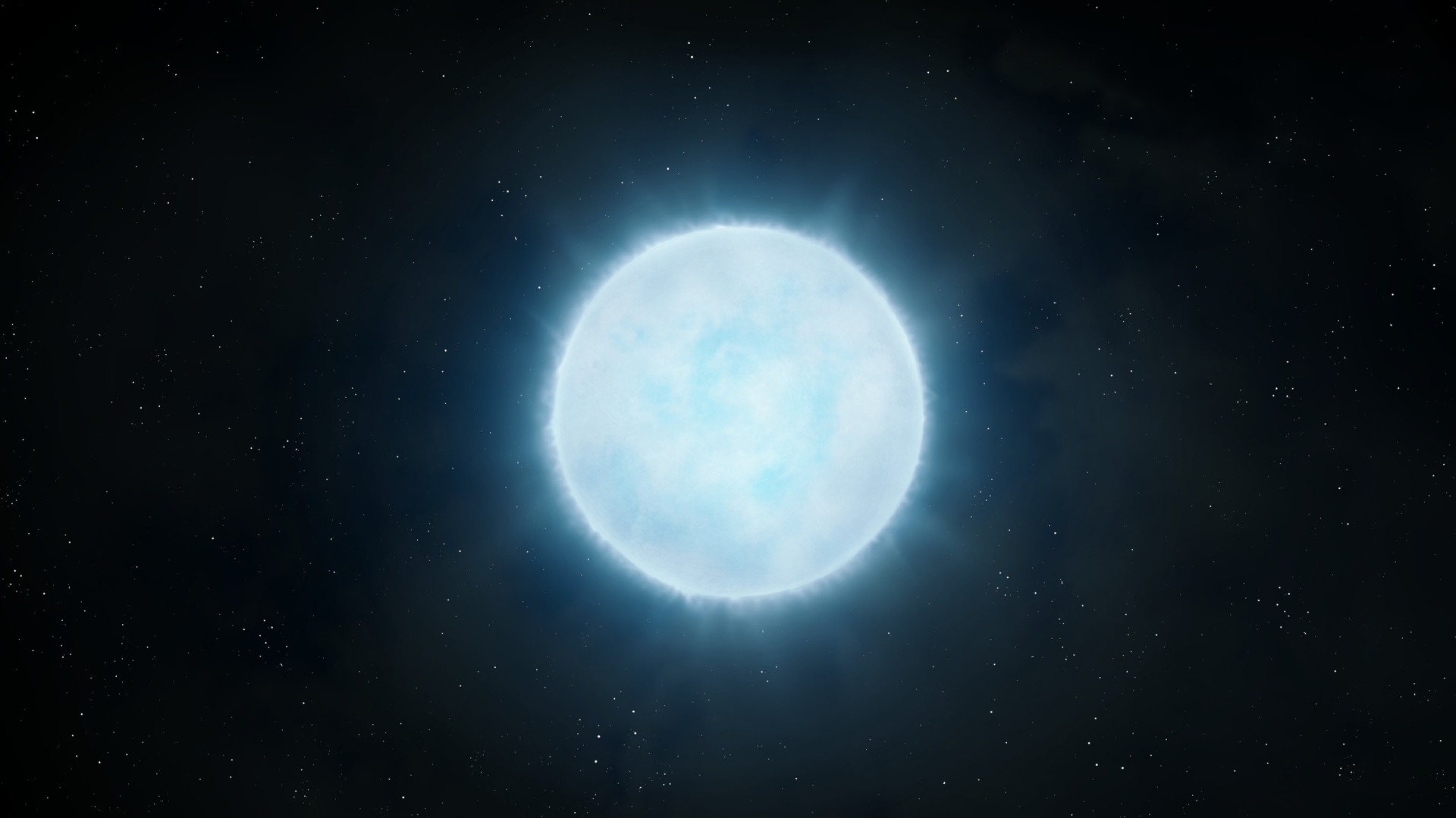NASA renames WFIRST space telescope after astronomer Nancy Grace Roman, the 'Mother of Hubble'
NASA has renamed its Wide Field Infrared Survey Telescope (WFIRST), a flagship observatory set to launch in 2025, to honor the renowned astronomer Nancy Grace Roman, also known as the "mother of Hubble."
The Nancy Grace Roman Space Telescope — or Roman Space Telescope for short — will help astronomers answer some of the biggest questions of cosmology, like why the universe is expanding at an accelerating rate.
By studying how the distribution of galaxies throughout the universe has changed over time, the telescope will reveal how the universe's expansion is driven by dark energy, a mysterious form of energy that makes up roughly two-thirds of the energy in the universe. The mission will also find and study exoplanets, or worlds orbiting stars beyond our solar system.
Video: Meet the Nancy Grace Roman Space Telescope
Related: WFIRST moves forward as Trump administration tries to scrap it again
With its 7.9-foot (2.4 meters) primary mirror, the Roman Space Telescope is about the same size as the Hubble Space Telescope. It will be able to capture deep-space images with the same resolution as Hubble, but its field of view is 100 times wider, allowing it to image more of the sky in a shorter amount of time.
Nancy Grace Roman earned the nickname "the mother of Hubble" for her pioneering work on the iconic Hubble telescope, which launched into orbit in 1990. She became NASA's first chief of astronomy in 1960 and was the first woman to hold an executive position at NASA. She oversaw the planning of Hubble's mission and led the drive to convince Congress to fund it.
"It is because of Nancy Grace Roman's leadership and vision that NASA became a pioneer in astrophysics and launched Hubble, the world's most powerful and productive space telescope," NASA Administrator Jim Bridenstine said in a statement. "I can think of no better name for WFIRST, which will be the successor to NASA’s Hubble and Webb Telescopes."
Breaking space news, the latest updates on rocket launches, skywatching events and more!
Although Roman retired from NASA in 1979, long before the WFIRST mission was even proposed, her work with Hubble laid the foundation for future space telescopes, like the James Webb Space Telescope and the newly named Roman Space Telescope.
"Dr. Roman really deserves to be permanently associated with this amazing mission that she really helped enable in a direct fashion, and I'm so delighted to have that name there as a lasting legacy to this amazing person," Thomas Zurbuchen, the associate administrator of NASA's Science Mission Directorate, said during a live webcast of the announcement on NASA TV today (May 20). "Nancy Grace Roman deserves a place in the heavens she studied and opened for so many," he added.
Roman passed away in 2018 at the age of 95. She was immortalized as a minifigure in Lego's "Women of NASA" building set, which was released in 2017.
- 'Mother of Hubble' Nancy Grace Roman led the way for women in astronomy
- The best Hubble Space Telescope images of all time!
- Space telescopes of the future: NASA has 4 ideas for great observatory to fly in 2030s
Email Hanneke Weitering at hweitering@space.com or follow her @hannekescience. Follow us on Twitter @Spacedotcom and on Facebook.
OFFER: Save 45% on 'All About Space' 'How it Works' and 'All About History'!
For a limited time, you can take out a digital subscription to any of our best-selling science magazines for just $2.38 per month, or 45% off the standard price for the first three months.

Hanneke Weitering is a multimedia journalist in the Pacific Northwest reporting on the future of aviation at FutureFlight.aero and Aviation International News and was previously the Editor for Spaceflight and Astronomy news here at Space.com. As an editor with over 10 years of experience in science journalism she has previously written for Scholastic Classroom Magazines, MedPage Today and The Joint Institute for Computational Sciences at Oak Ridge National Laboratory. After studying physics at the University of Tennessee in her hometown of Knoxville, she earned her graduate degree in Science, Health and Environmental Reporting (SHERP) from New York University. Hanneke joined the Space.com team in 2016 as a staff writer and producer, covering topics including spaceflight and astronomy. She currently lives in Seattle, home of the Space Needle, with her cat and two snakes. In her spare time, Hanneke enjoys exploring the Rocky Mountains, basking in nature and looking for dark skies to gaze at the cosmos.


